Journalist John Blake, who has long written about religion and race in America, decided it was time to write about his personal story at the intersection of faith and color.
The author of “More than I Imagined: What a Black Man Discovered About the White Mother He Never Knew” recounts how multiracial churches helped lead him to learn to love and forgive the white side of his family.
Such lessons about race, says the CNN senior writer and producer, should be heeded by churches across the country.
“Let’s be blunt about it: It’s really about white churches dealing with their racism,” he said in an interview. “If white leaders are willing to share power, I know they can be successful because I’ve seen them do it. They will not survive if they don’t learn how to accept and integrate nonwhite Christians into their communities of worship.”
Blake, 58, a member of a Presbyterian Church (USA) congregation in Atlanta, talked in an interview about why he decided to reveal his story and how he hopes to model how the church and the country can overcome racial division.
Your tax-deductible gift helps our journalists report the truth and hold Christian leaders and organizations accountable. Give a gift of $30 or more to The Roys Report this month, and you will receive a copy of “Hurt and Healed by the Church” by Ryan George. To donate, click here.
“We really need to tell these stories about hope because I feel like there’s a lot of Americans now who have given up on any kind of racial transformation and believe racism is just a permanent part of American life.”
The interview was edited for length and clarity.
When you were a child, your typically nonreligious father placed you in a foster home that he considered a gift from God, but you described it as a vile, hate-filled place. How did that experience affect your sense of God?
It was hard to believe in God as a kid when you have this entire side of your family who wants no contact with you. I’m staying in these foster homes and always wondering: Where is my mom, and where is her family? However, it was in those foster homes that I was introduced to the power of the Black church, and that gave me spiritual tools to cope with a lot of what I was dealing with, and it would later give me spiritual tools to reconcile with the white members of my family — the focus on how do you deal with suffering, how to be resilient, how to still have joy, how to still have hope for tomorrow.
You wrote of growing up with hostility toward white people, saying, “It’s easier to despise a group of people you have no personal contact with.” How does that relate to your becoming a “closeted biracial person,” who didn’t want to acknowledge that your mother was white?
When I grew up in this all-Black neighborhood in Baltimore that would later become the setting for the HBO series “The Wire,” nobody came to me and said, “You should hate white people.” They didn’t have to. It was just in the environment. It was like humidity. I couldn’t help but absorb it. Because of that, I didn’t want anyone to know I had a white mother. It was a mark of shame, and so I would mark her race as “Black” on school forms.
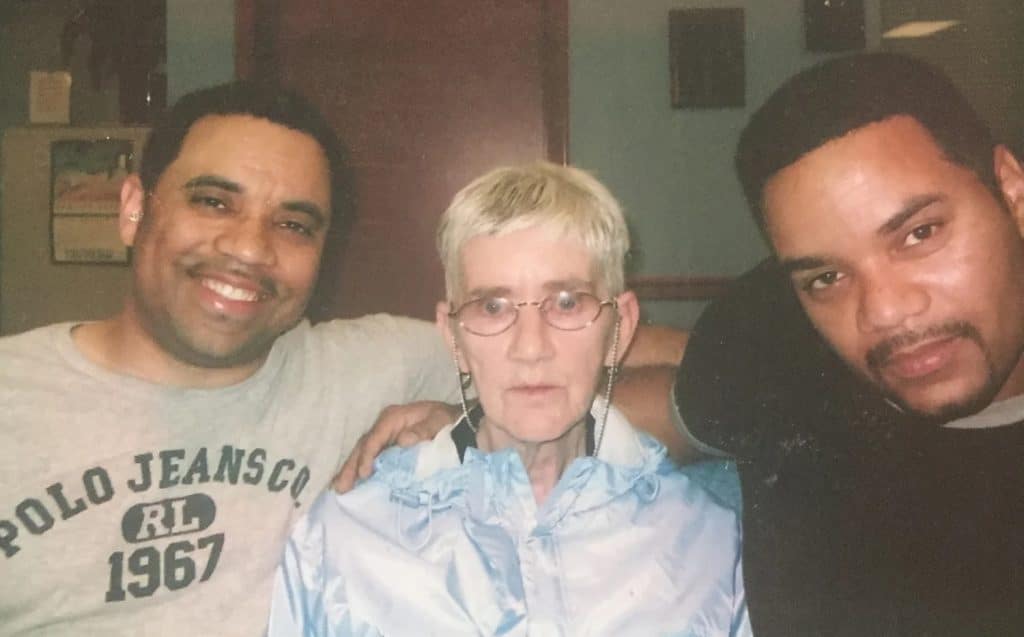
You mentioned that you were drawn to the stories of Jesus and his “obliterating any divisions — ethnic, gender, class — that stood between people.” Did your study of the Bible help you develop a new way of thinking about your identity?
It was indispensable to developing my new identity when, for example, people began to reach out to me in college about being a Christian, and I started going to churches. All this talk about salvation and cross and redemption — that didn’t mean that much to me. But when I saw white, Black and brown people in those churches hugging one another, praying with one another and calling each other brother and sister, that was the thing that converted me. And as I began to learn more about Jesus, I no longer saw some white dude who lived 2,000 years ago. I saw a man of color, who knew what it was to be exploited, to be oppressed, and yet he didn’t give in to the hatred, the ethnic divisions of his time.
You cite the concept of “contact theory,” which showed that racial prejudice can decline if, in some circumstances, different racial groups were less isolated from one another. How do you think that applies to churches and other religious spaces?
The church is one of those few communal spaces left in our country today that has a chance to bring together people of different races because people are so self-sorting now. They’re retreating into their ideological, their racial camps. But for contact theory to work, churches must understand there’s a huge difference between a racially mixed church and an integrated church. A racially mixed church is when people of different colors share a pew. An integrated church is where people share pews, and people of different races share power.
You write about how your father’s family did not share with you for a long time that your mother had a mental illness. When you met her in the mental institution where she was housed, she asked for St. Jude (the patron saint of hopeless causes) prayer books. What did that mean to you?
For the first time in my life, I developed empathy for a white person. In that moment when I saw my mom and realized she had been in this place for much of her life and had suffered, I began to realize, wow, Black people aren’t the only ones that suffer. And it also meant a lot to me that I could see how much her faith meant to her, that she saw herself as a hopeless cause. My mom, in fact, was not a hopeless cause because she had faith and because she did things that were so courageous for a young white woman in that time. I began to see her not as a hopeless cause but in fact as a very powerful, inspirational woman.
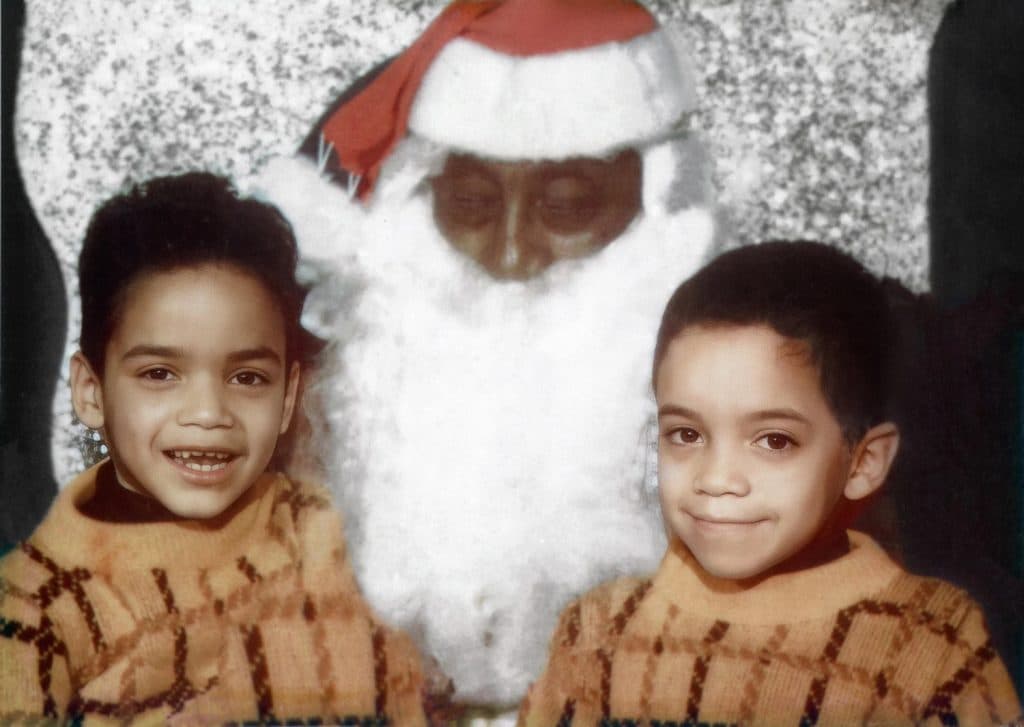
You didn’t want to go to the Black Baptist church of your aunt as a child. How did your view of church change as you were introduced to multiracial congregations, first as a college student and later in life?
It was the first time in my life that I allowed myself to be vulnerable around white people. And that enabled me to be vulnerable around the white people in my family that I would later meet. It’s not just that the church converted me but that these white members of my family began to convert me when I began to meet them. I began to see that what was in them was also in me, because I had grown up absorbing a lot of racism. The very Christian perspective that we all have sinned and fallen short of the glory of God enabled me to connect with them.
At several points in your book, you describe being haunted by your white grandfather or you haunting him. Why did you choose to share this story?
I hesitated because I didn’t think a lot of people would believe me. But it was key to my development. This is a man who rejected me at birth, who assaulted my father, who had nothing to do with me, but he felt so much remorse that he had to find a way to communicate with me. I didn’t want it just to be a ghost story, but it was a ghost story with a meaning that this is what racism does to people. It really just poisons their soul so much so that they got to reach out to people from beyond the grave.
You call this book a “nontraditional story on race and faith.” What do you want people to carry away when they close your book?
I think people have become so disenchanted. They feel like these type of racial, political divisions are a permanent part of our future. But I’ve seen people change in incredible ways in my family. I’ve seen people change in incredible ways in the churches I attend. I’ve seen myself change in incredible ways. I just don’t want people to give up.
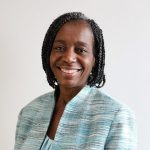 Adelle Banks is production editor and a national correspondent at Religion News Service.
Adelle Banks is production editor and a national correspondent at Religion News Service.
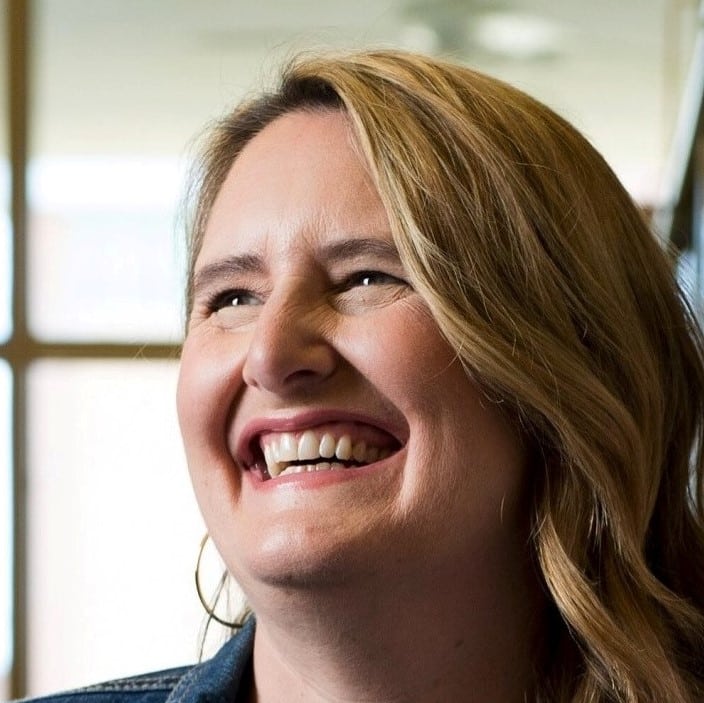
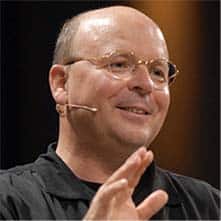


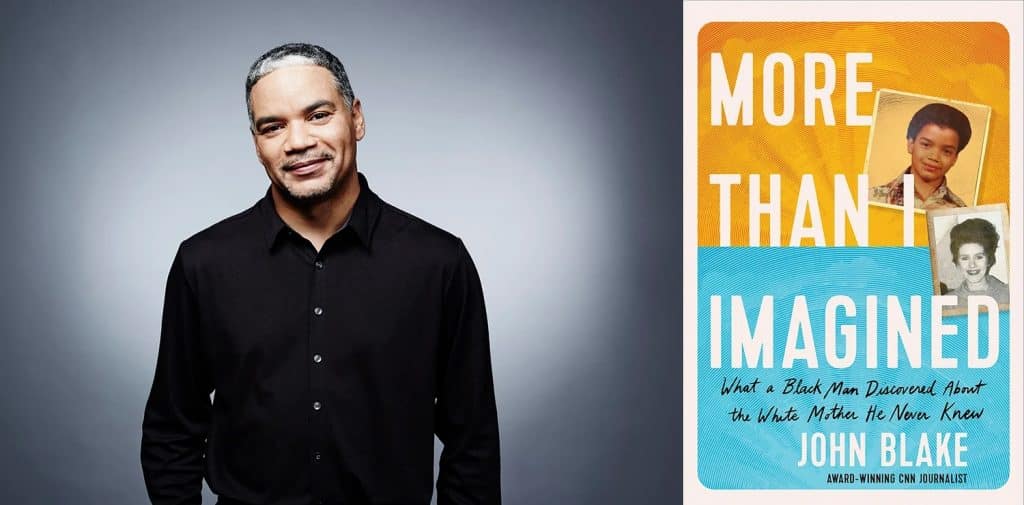
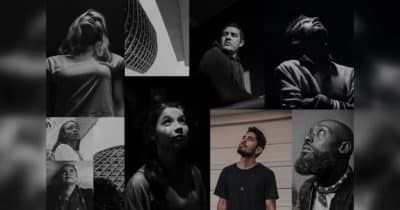
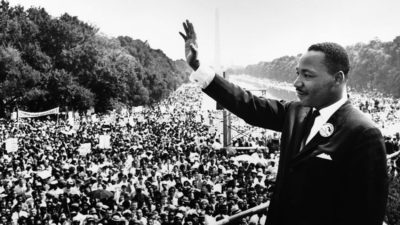
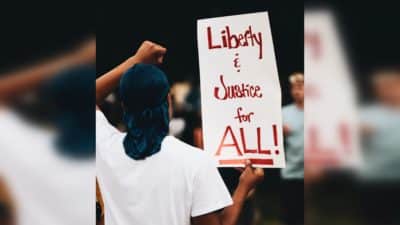
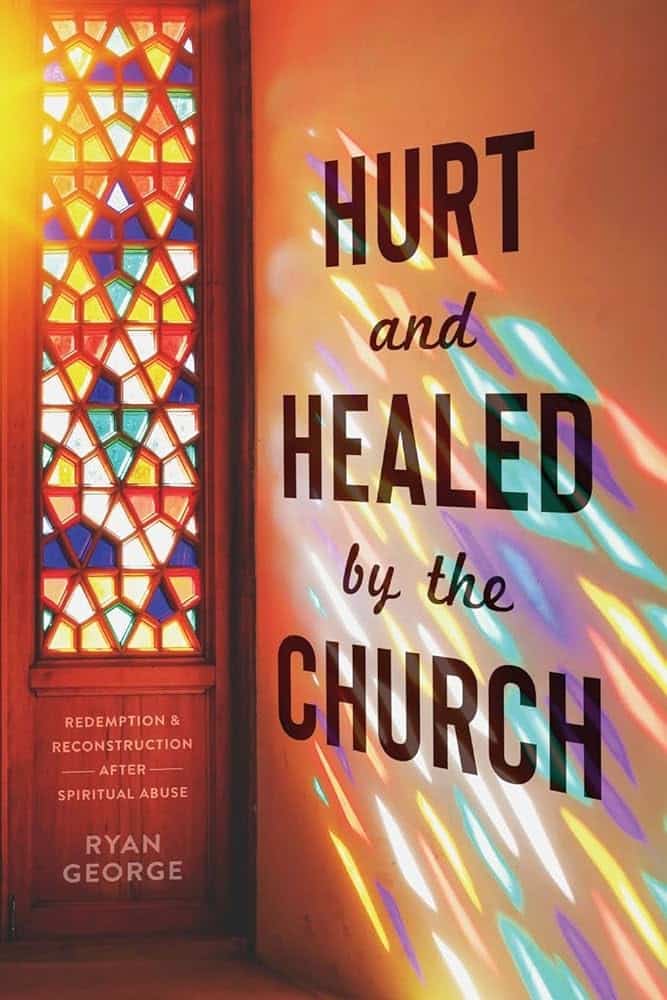
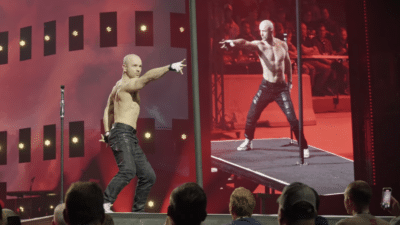
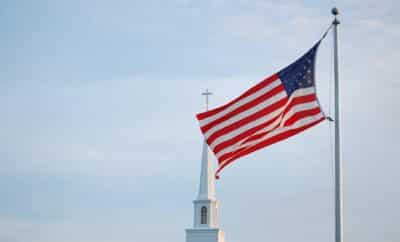
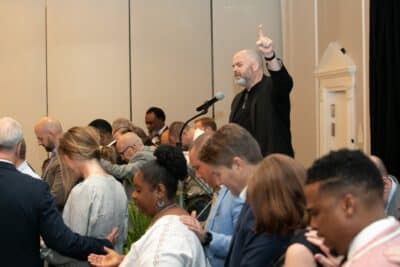
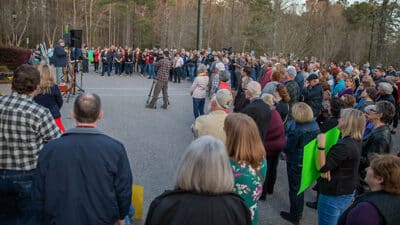
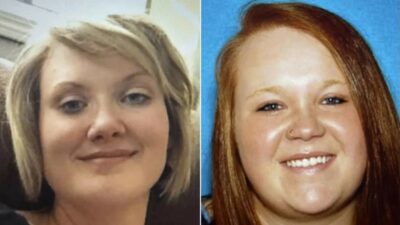
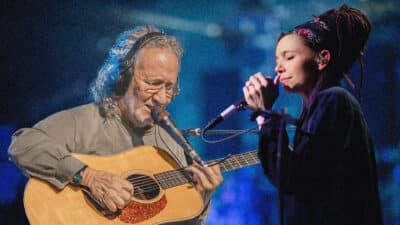

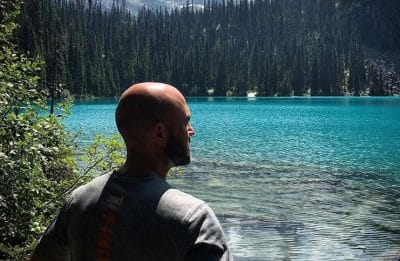
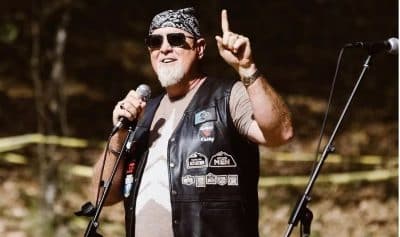


One Response
Somehow I missed this story when it came out. Very inspirational and optimistic.
I admire this man with his long, fraught journey to truth and reconciliation.